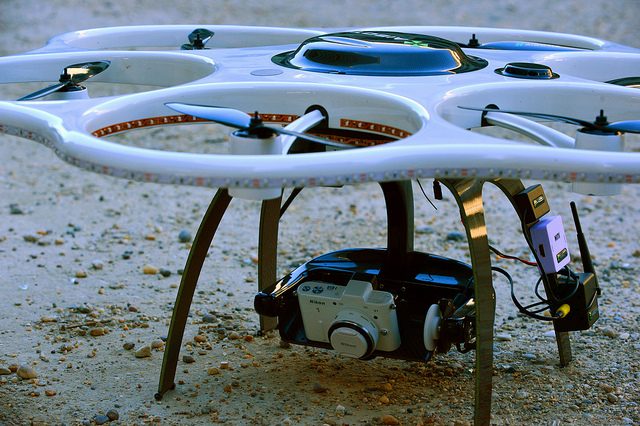
The National Telecommunications and Information Administration (NTIA), an arm of the Department of Commerce, released a list of voluntary best practices for drone privacy yesterday.
NTIA’s list is in response to President Obama’s direction to develop best practices to address “privacy, transparency and accountability issues” related to hobby and commercial drone use, says the agency.
The best practices were created by a group of stakeholders which included representatives from media and commercial drone organizations, as well as privacy and consumer advocates. While the technical document is a bit longer, the agency’s release summarizes their findings:
The voluntary best practices encourage UAS users to:
- inform affected persons of UAS use and the collection of data;
- take care in the collection and storage of information that identifies a particular person;
- limit the use and sharing of such data;
- secure data; and
- monitor and comply with the law as it evolves.
In other words, says Brian Fung of the Washington Post: “Don’t be a jerk.”
The recommendations are largely common sense, although there are certainly enough fearful property owners (like, in an extreme example, the now infamous Drone Slayer) and enough unpleasant news reports to indicate that the recommendations may bear repeating. In addition to informing people if you are going to take a picture of them, the recommendations reminds operators not to fly over personal property without permission or an excellent reason; and not to harass people with a drone.
While the NTIA’s recommendations are not binding, they could at some point become law if the FAA decides to include them in its regulatory framework for commercial and recreational drone operation. Certainly the document will serve a purpose as a reference point for politicians currently under fire from a nervous public to enact more drone regulations to deal with a growing perception of a drone privacy problem.
Miriam McNabb is the Editor-in-Chief of DRONELIFE and CEO of JobForDrones, a professional drone services marketplace, and a fascinated observer of the emerging drone industry and the regulatory environment for drones. Miriam has penned over 3,000 articles focused on the commercial drone space and is an international speaker and recognized figure in the industry. Miriam has a degree from the University of Chicago and over 20 years of experience in high tech sales and marketing for new technologies.
For drone industry consulting or writing, Email Miriam.
TWITTER:@spaldingbarker
Subscribe to DroneLife here.